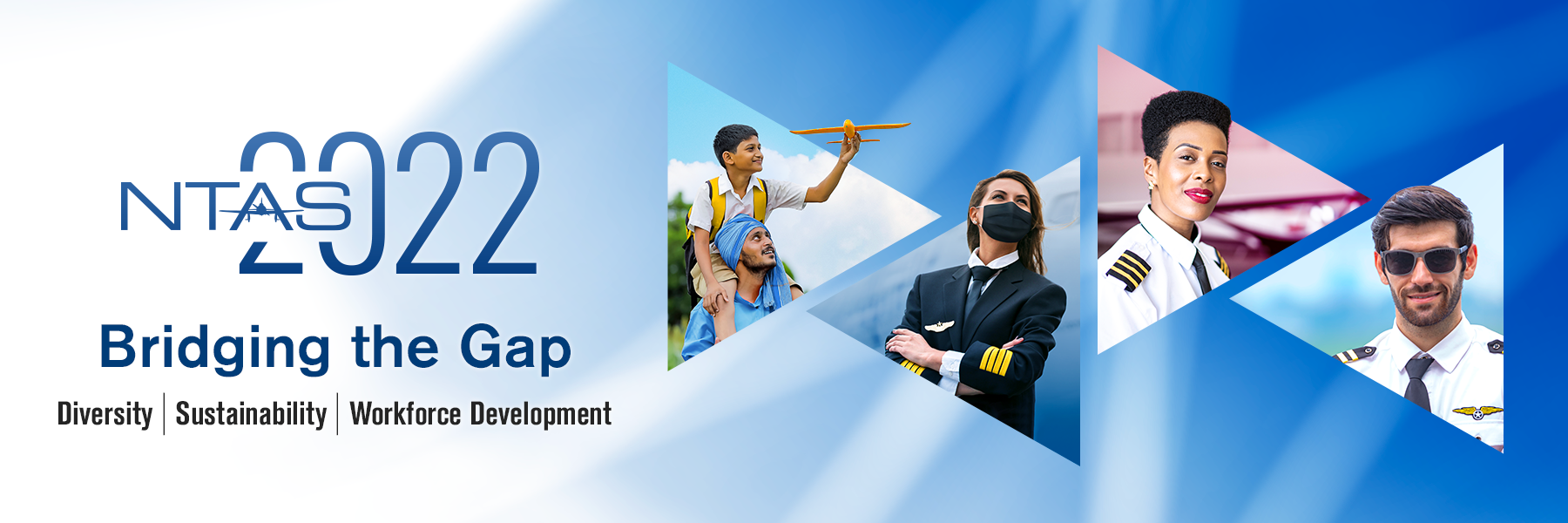Presenter Email
laskeyl@erau.edu, keeblerj@erau.edu
Keywords
game user experience satisfaction scale (GUESS), game-based instruction, game-based virtual reality, gamification, NASA task load index (TLX), space operations training, spaceflight simulation, system usability scale (SUS)
Abstract
Game-based instruction and immersive virtual reality are enhanced pedagogical methods beneficial in training environments involving complex disciplines, ranging from medical applications to construction engineering technology. This study investigated the use of game-based virtual reality (GBVR) when applied to the complex discipline of spaceflight education and training. As modern society places increasing demand on space-based amenities, the need for proficient satellite operators will also increase, requiring more accessible and more advanced training options. Spaceflight training scenarios, immersed in the GBVR environment, were developed and deployed to university student participants. Multiple validated scales were used to measure the GBVR system regarding three main attributes. System usability ranked above average on the System Usability Scale (SUS), user experience ranked above average on the Game User Experience Satisfaction Scale (GUESS-18), and workload ranked within 1.5% of the accepted mean value of the NASA Task Load Index (TLX). These results revealed positive feasibility and usability of GBVR applications when correctly deployed in a learning environment.
Included in
Evaluating System Usability, Workload Suitability, and User Experience of Game-Based Virtual Reality in Spaceflight Education and Training
Game-based instruction and immersive virtual reality are enhanced pedagogical methods beneficial in training environments involving complex disciplines, ranging from medical applications to construction engineering technology. This study investigated the use of game-based virtual reality (GBVR) when applied to the complex discipline of spaceflight education and training. As modern society places increasing demand on space-based amenities, the need for proficient satellite operators will also increase, requiring more accessible and more advanced training options. Spaceflight training scenarios, immersed in the GBVR environment, were developed and deployed to university student participants. Multiple validated scales were used to measure the GBVR system regarding three main attributes. System usability ranked above average on the System Usability Scale (SUS), user experience ranked above average on the Game User Experience Satisfaction Scale (GUESS-18), and workload ranked within 1.5% of the accepted mean value of the NASA Task Load Index (TLX). These results revealed positive feasibility and usability of GBVR applications when correctly deployed in a learning environment.



Comments
Presented in Session 1B - Technology in Education & Training